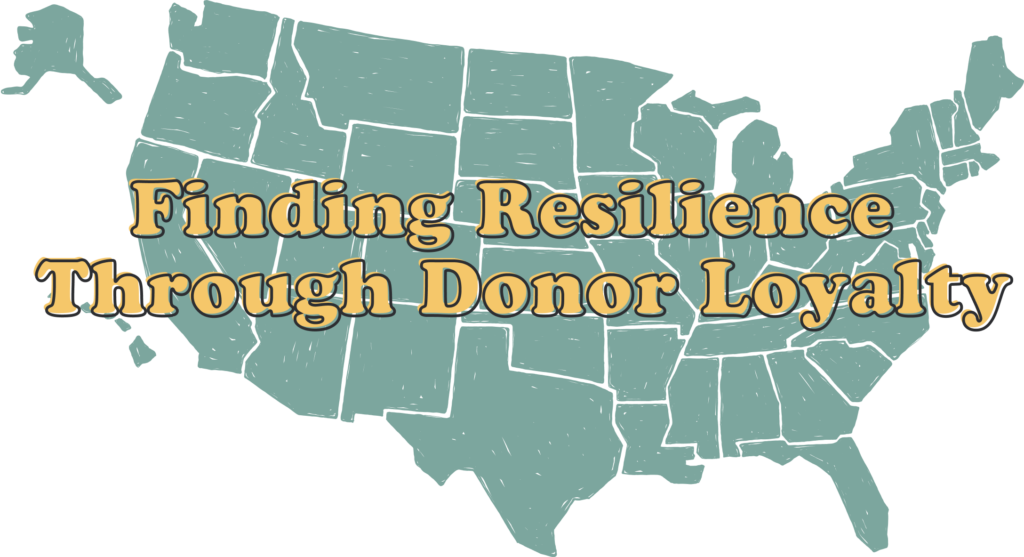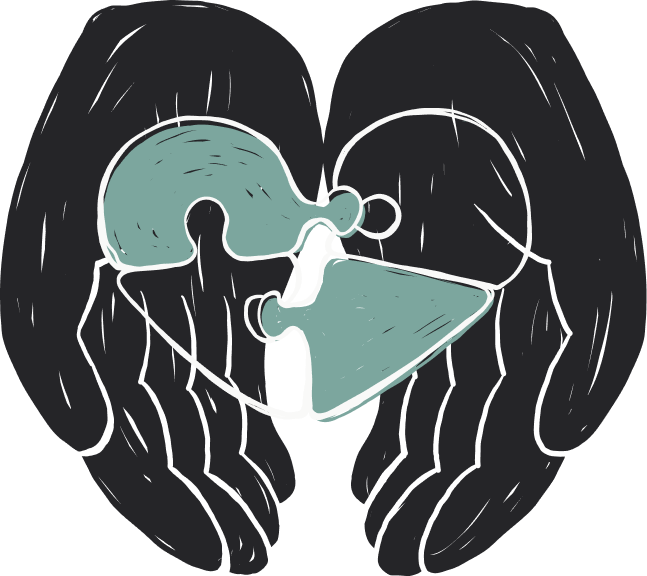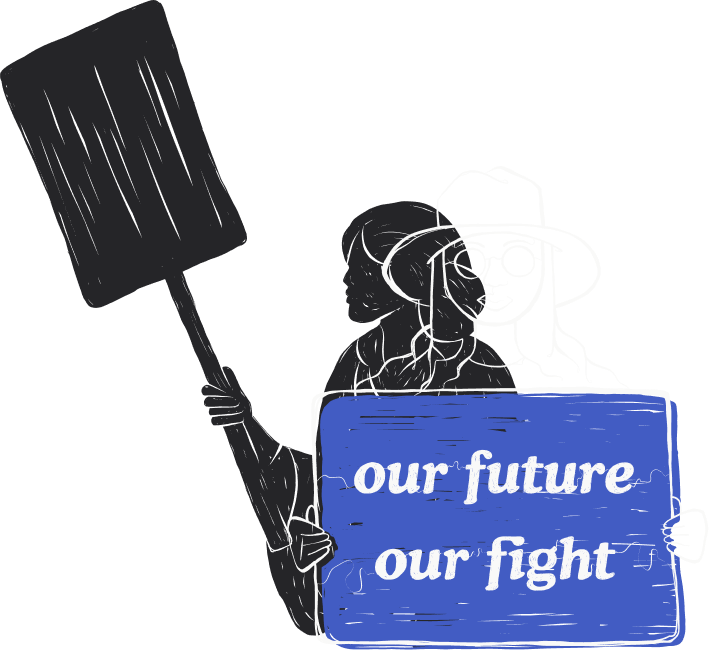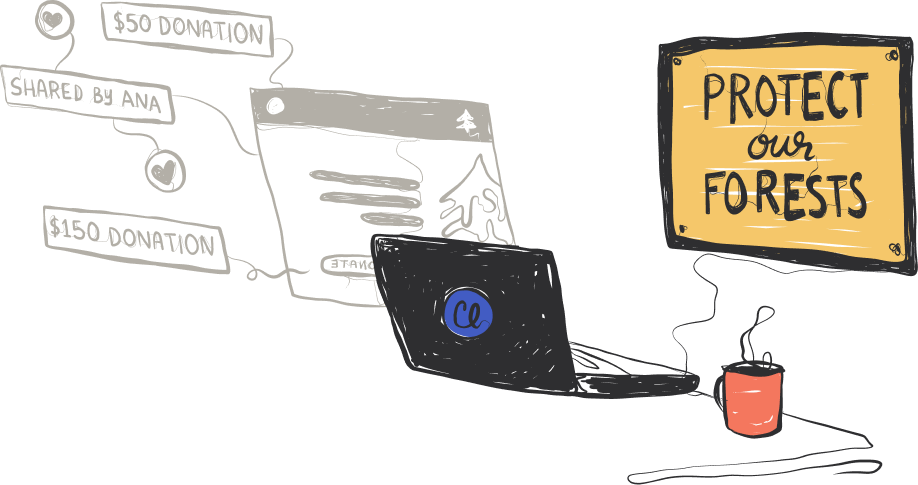Why America Gives
2022
Americans Are Activated, But Their Definition of Giving Is Expanding
Across the social sector, organizations see the number of donations from major donors rise.1 At the same time, the average number of American households that actively give to nonprofit organizations is declining. 2
And yet, Americans are no less charitable.
Americans’ view of giving has evolved to include donating to established nonprofits as well as giving directly to individuals or causes in need and providing non-monetary contributions, such as volunteering time.3 Many donors are passionate about making an impact, but find it challenging to identify an organization that matches their values.
While this helps explain some of the trends the industry is experiencing, nonprofits still need individuals’ monetary donations to create long-term sustainability. Our 5th annual Why America Gives report dives into the psyche of donors who do engage monetarily with nonprofits and individual giving.
In it, we offer insight into what motivates and influences loyal donors vs. passive donors, how economic uncertainty and timely events play a role in their giving patterns, and the growing differentiation among generations.
1 GivingTuesday.org, Quarterly Fundraising Report: Year-to-Date Nonprofit Sector Trends
2 Indiana University Lilly Family School of Philanthropy, The Giving Environment: Understanding Pre-Pandemic Trends in Charitable Giving
3 GivingTuesday.org, From Scarcity to Abundance: Mapping the Giving Ecosystem
Table of Contents
Economic pessimism is high for US donors, but they’re determined to continue supporting those in need across various giving channels.
The Intent to Give Remains High
US donors who intend to give the same or more as the prior year
Supporters Prioritize Donations in Their Budgets
Passion and Increased Need Prompt Generosity
Timely Events Attract Charitable Behavior
Top events inspiring donations:
1. International human rights crises
2. Climate change
3. Reproductive rights and women’s health
4. Disability rights
Regardless of the type of donation an individual made in 2022, the timeliness of the ask is what propelled many to act. The impressive giving sentiment for 2022 further emphasizes that donors show up in a big way when there’s a clear need for help and they feel they can be a part of a solution.
In a year filled with instant social media updates and a news cycle that continues to increase awareness of nationwide issues, passion leads supporters to charitable behavior.
Nonprofits can rely on loyal donors to help fund organizational missions with regular donations, but our research unveiled just how valuable these engaged individuals can be for your cause. Loyal donors give back across various channels, but ultimately showcase stronger relationships to nonprofit organizations.
*Loyal donors in the below data set are those who have an active recurring subscription or gave to a cause at least three times over five years compared to passive donors who do not show the same consistent pattern of donations.
Loyal Donors Still Expand Giving Portfolios
Loyal donors show a pattern of repeat donation activity to the same individuals, causes, or nonprofit organizations they’ve given to in the past five years. That said, their loyalty isn’t limited to those they’ve supported in the past.
Financial Stress Won’t Slow Motivation
Loyalty Is Synonymous With a Deeper Connection
Loyal Donors Build Relationships Through Various Channels
The top ways loyal donors prefer building relationships are:
1. Donating through a simple donation page on an organization’s website
2. Signing up to receive communication updates (e.g., emails, text, newsletters, etc.)
3. Volunteering on behalf of an organization
At the heart of loyalty is a strong internal and emotional alignment to a cause. Donors share emotional benefits, inclusive of feeling part of a great solution and genuine gratitude for the work done with their donations.
They’re looking to not only make a monetary contribution and understand its results but to become an integral part of the change those gifts create. Many see their donation behavior as a part of their character and moral identity, which only strengthens their relationships with organizations.
While loyal donors are vital to bring donations into an organization, passive donors want to get more involved with organizations they believe in and trust. Passive donors are also more likely to act in moments of need to support individuals’ causes and then search for organizations that support that cause.
Gaining their support long-term means first meeting them in that moment of need and establishing a relationship that fosters their loyalty.
Passive Donors Are Looking for Organizations
Timely Giving Is a Doorway to Longer-Term Organizational Loyalty
Personal, Moral Values Motivate Donations
Passive Donors Want to Engage But May Not Hear From Organizations Enough
When asked where they learn about new causes, we found that passive donors are far less likely than loyal donors to hear from nonprofits directly through channels like online outreach, email, or in-person conversations. Organizations have the opportunity to fill this gap by reaching out and making the first introduction to untapped donors.
Donors Reconsider Giving When Donation Options Lack Flexibility
The way that generations engage and communicate continues to diverge, making it essential to see the difference in how traditional donors (Gen X and Baby Boomers) and next-gen donors (Gen Z and Millennials) want to engage. Each group brings potential to grow loyalty to organizations and a set of unique behavioral norms that change how nonprofits can build connections.
All Generations Have the Potential to Become Loyal
Traditional Donors Approach a Giving Ceiling
Traditional donors have more money to give but are staying consistent with giving levels from 2021. On the other hand, next-gen donors, who are currently giving less, are more likely to increase their donation from the year before and make sacrifices in daily life to have funds to donate.
Generations React to the Economy Differently
Traditional donors are more likely to be pessimistic about the economy and more likely to cancel a recurring donation in the face of financial stress. At the same time, next-gen donors show a willingness to cut back in other areas to continue their charitable giving behavior and, in many cases, increase it. Next-gen donors are also more likely than traditional donors to account for charitable donations in their financial planning.
The Right Touchpoints Build Relationships
Next-gen donors are more likely to do research before a donation, but all donors rely on a nonprofit’s website as the top source of information. They’re looking for transparency to build trust about organizations and how a donation goes from their pocket to a tangible outcome.
Age Impacts Communication Preferences
Next-Gen Donors Engage via Multiple Touchpoints
All Generations Like Personal Recommendations
However, Next-Gen Donors Also Trust Influencers Outside Their Immediate Circles
Next-gen donors are:
We saw that 69% of next-gen donors prefer to hear from organizations on social media, particularly on YouTube, Facebook, and Instagram. The familiarity with social media among next-gen donors likely contributes to the greater trust this generation has with influencers and those outside of their inner circle.
A Sudden Call to Action Mobilizes Next-Gen Donors
Younger Donors Will Spread Cause Awareness
As next-gen donors are exposed to more causes, individuals in need, and opportunities to give, they’re responding in big ways. Helping those outside their immediate communities online is a part of their upbringing and will inform their future giving behaviors.
Their tendency to advocate on behalf of a cause they care about opens new doors for organizations looking to engage others within this next-gen cohort, particularly in new ways that traditional donors may not respond to.
Closing Thoughts From Classy President and GoFundMe COO, Soraya Alexander
Our 2022 report data shows that donors aren’t stepping back from charitable behavior. Instead, we see that Americans are giving differently. As donors evolve how they give, nonprofits need to think about every touchpoint as a way to connect with a potential supporter.
At the root of Classy and GoFundMe’s work is the goal to clear a path for every citizen philanthropist to connect with the causes and organizations they care about. We saw how many passive donors are ready to take action this year when they find the right organization. It only makes sense to take the largest community of engaged, activated, and mobilized donors in the world on GoFundMe and bring them one step closer to finding your organization.
Together, Classy and GoFundMe will build more connection points between nonprofits and individuals who are passionate about a cause. We recently launched a pilot program to connect GoFundMe donors with Classy nonprofit customers supporting similar causes. The learnings from this pilot will be used to build a more robust program where the community of 100+ million engaged individuals can be connected with nonprofits working on issues at scale.
As you think about the touchpoints your nonprofit employs to reach and engage donors, know that each relationship you’re actively strengthening opens the door to your greatest impact yet. I hope you feel as inspired by this year’s report as I do, and see the potential of a loyal donor community that can fuel your mission for years ahead.
Unlock American Generosity
The latest giving motivations from our survey of 1,000 US donors.
Connect With Classy
See how our fundraising solutions can bring your vision to life.
